As web technologies and internet connection speeds continue to improve, casinos are continually looking for new and improved ways to remotely serve casino games to players while replicating as best as is possible a real casino experience.
Live dealer casinos are an example of a reasonably recent evolution in remote gambling that seeks to combine the convenience of online play with elements of terrestrial or ‘bricks and mortar’ casino games that players have been familiar with for centuries. Of course the key element that live casinos bring to the table which RNG (random number generator) online casinos have lacked, is a real dealer and actual playing cards dealt from a real shoe, as they would be in a normal casino.
The first live casinos started taking player registrations in 2003 and since then a number of platform providers have emerged with different offerings. While all provide players with the ability to view a live deal via video feed and place bets through a linked interface, the means by which they do this varies. More particularly, the nature of the live deal being streamed can be quite different from one casino or platform provider to the next and broadly speaking may be categorized as falling into one of three types – purpose built studio streams, actual casino streams and television studio streams.
Casinos taking their stream from purpose built dealer studios are perhaps the most common type of live casino. Here, the platform provider constructs a dealer studio housing the tables, dealers, video cameras and associated streaming technologies. They are not casinos in the traditional sense and are not open to ‘walk in’ players. But significant attention is directed to the look and feel of the studio environment and video feed with a view to replicating a real casino experience for players sitting at the other end of the web cast. Players are able to customize the orientation of camera views, interact with the dealer via live chat and often choose from a large range of tables and dealers for any given game. Ironically, while these studios are purpose built to give the platform providers the flexibility to deliver an interactive, real dealer experience, one element that is noticeably missing is the hustle and bustle of a real casino filled with other real players.
This is where the second category of live casino comes into play. Some online casinos stream their live vision from actual ‘bricks and mortar’ casinos. You are able to watch other players inside the casino madly scrambling to place their chips on the tables as last bets are called, and enjoy playing a game being conducted by a croupier trained and employed by the casino. But this format also has is shortcomings. There are limitations on the ability of the platform provider to customize camera views and direct croupiers to give their undivided attention to the camera. Dealer interaction is not possible and generally the quality of the video feed is inferior to that offered in purpose built studios.
The third category of live casino is live ‘for television’ games. Here the games are broadcast from television studios and telecast on dedicated satellite TV channels as well as over the web. While standard casino game rules apply, the games appear more like game shows hosted by television presenters than anything resembling a traditional casino experience. They are designed for mass consumption and feel very much like this. Currently a number of casinos are broadcasting blackjack, baccarat and roulette over dedicated television channels throughout the UK on a limited broadcast schedule.
By Milton Shaw
Milton Shaw is a contributing writer for a number of casino and gaming portals including Live Casinos which offers live casino comparisons at its live casino comparison page.

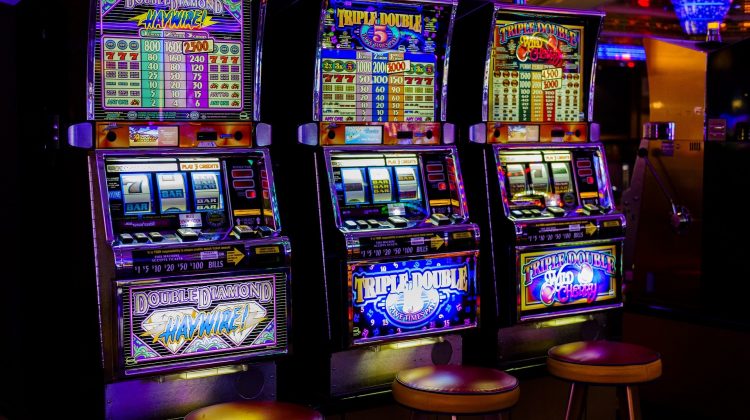

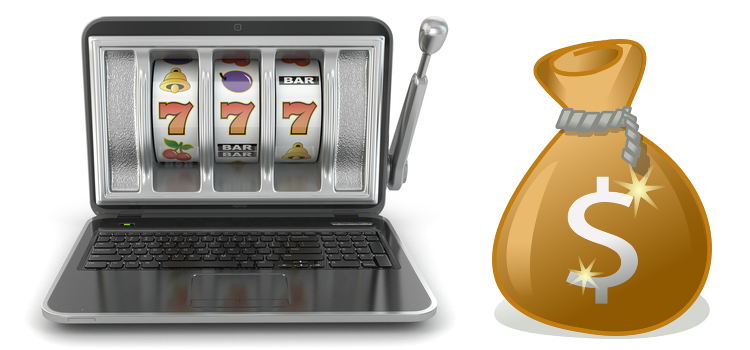




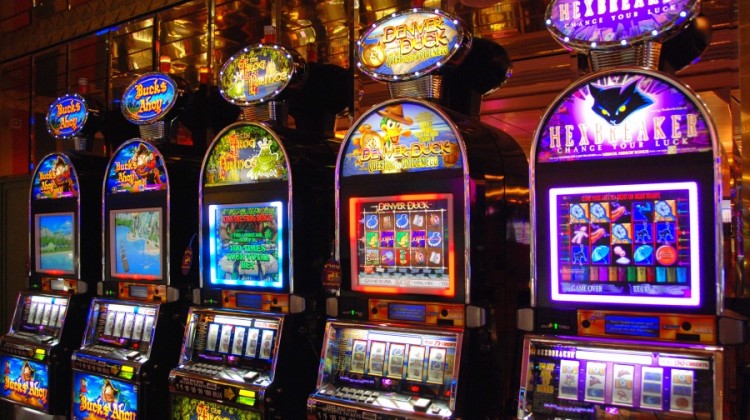
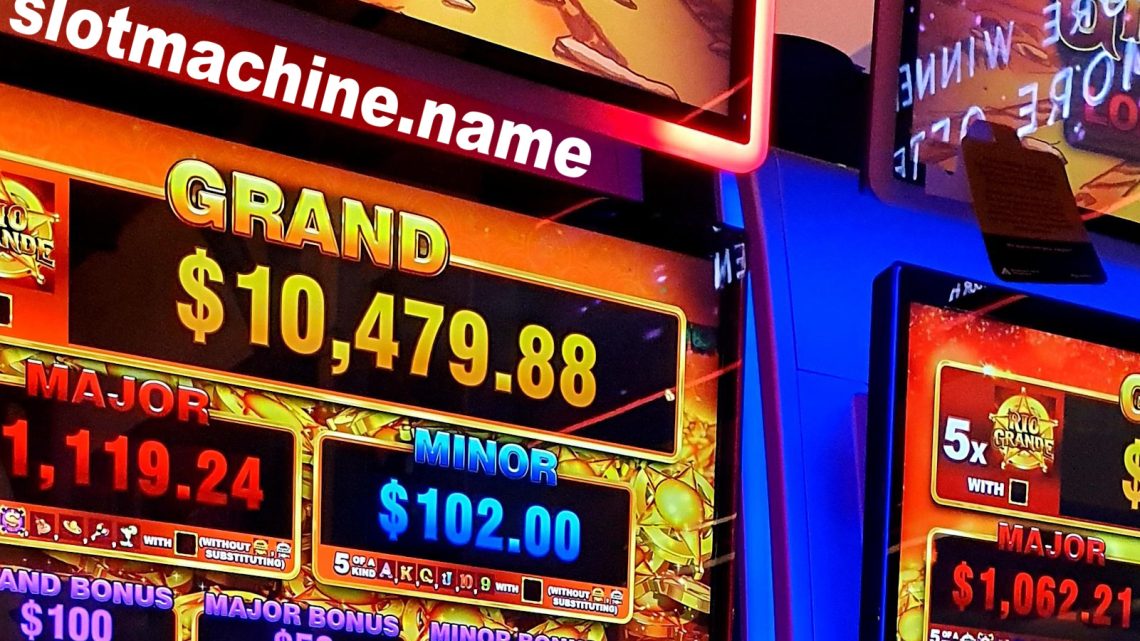
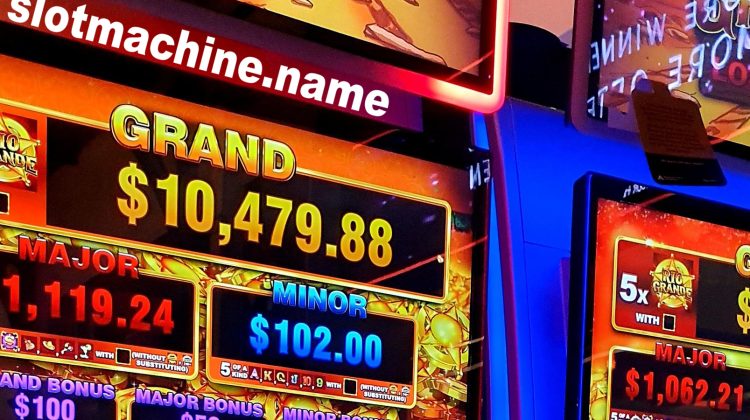
No Comment